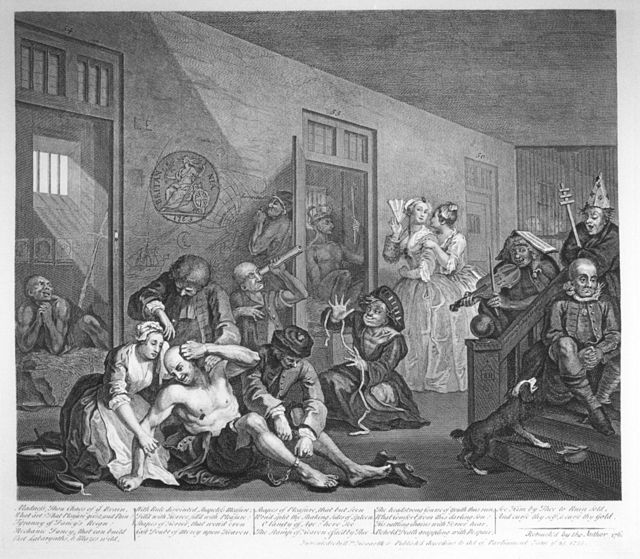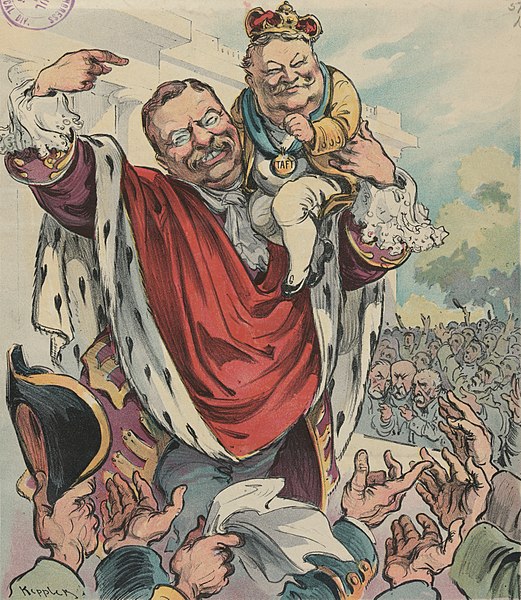Sir John Tenniel was an English illustrator, graphic humourist and political cartoonist prominent in the second half of the 19th century. An alumnus of the Royal Academy of Arts in London, he was knighted for artistic achievements in 1893, the first such honour ever bestowed on an illustrator or cartoonist.
John Tenniel, A Conspiracy, oil on panel, August 1850 (Private collection, UK)
Caterpillar using a hookah. An illustration from Alice's Adventures in Wonderland
Chapter 12: Alice's evidence. MS Eng 718.6 (12) Tenniel, John, Sir, 1820–1914. Studies for illustrations to Alice's Adventures in Wonderland: drawings, tracings, c. 1864 from Houghton Library, Harvard University
The Black-and-White Knight, by Linley Sambourne, Punch, 24 June 1893, a tribute to Tenniel
A political cartoon, also known as an editorial cartoon, is a cartoon graphic with caricatures of public figures, expressing the artist's opinion. An artist who writes and draws such images is known as an editorial cartoonist. They typically combine artistic skill, hyperbole and satire in order to either question authority or draw attention to corruption, political violence and other social ills.
Cecil Rhodes, as The Rhodes Colossus, wishes for a railway stretching across Africa from the Cape of Good Hope to Egypt.
A Rake's Progress, Plate 8, 1735, and retouched by William Hogarth in 1763 by adding the Britannia emblem.
James Gillray's The Plumb-pudding in Danger (1805). The world being carved up into spheres of influence between Pitt and Napoleon. According to Martin Rowson, it is "probably the most famous political cartoon of all time—it has been stolen over and over and over again by cartoonists ever since."
U.S. President Theodore Roosevelt introduces Taft as his crown prince: Puck magazine cover, 1906.








